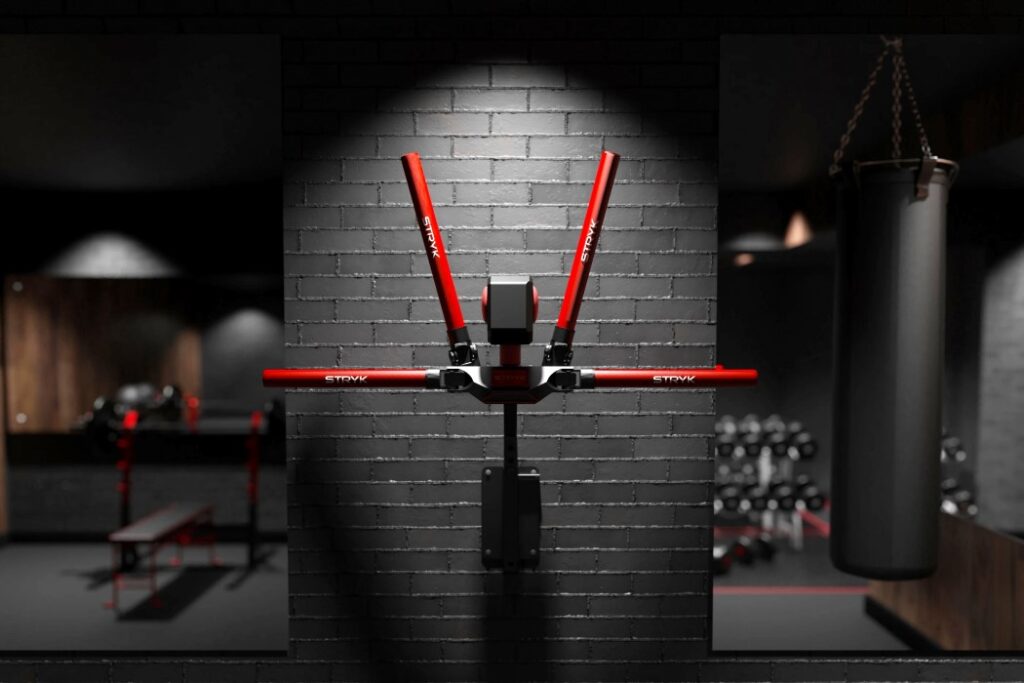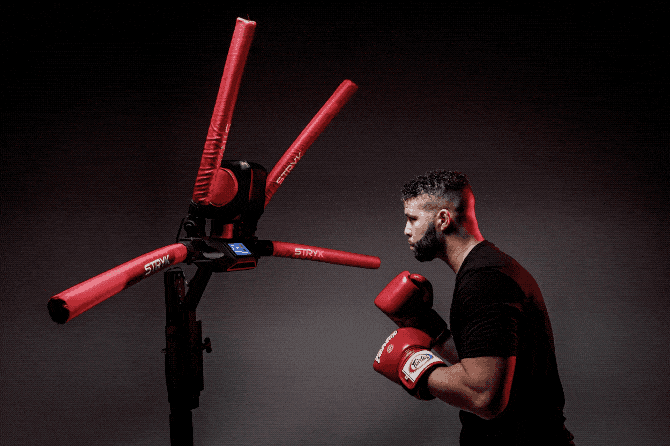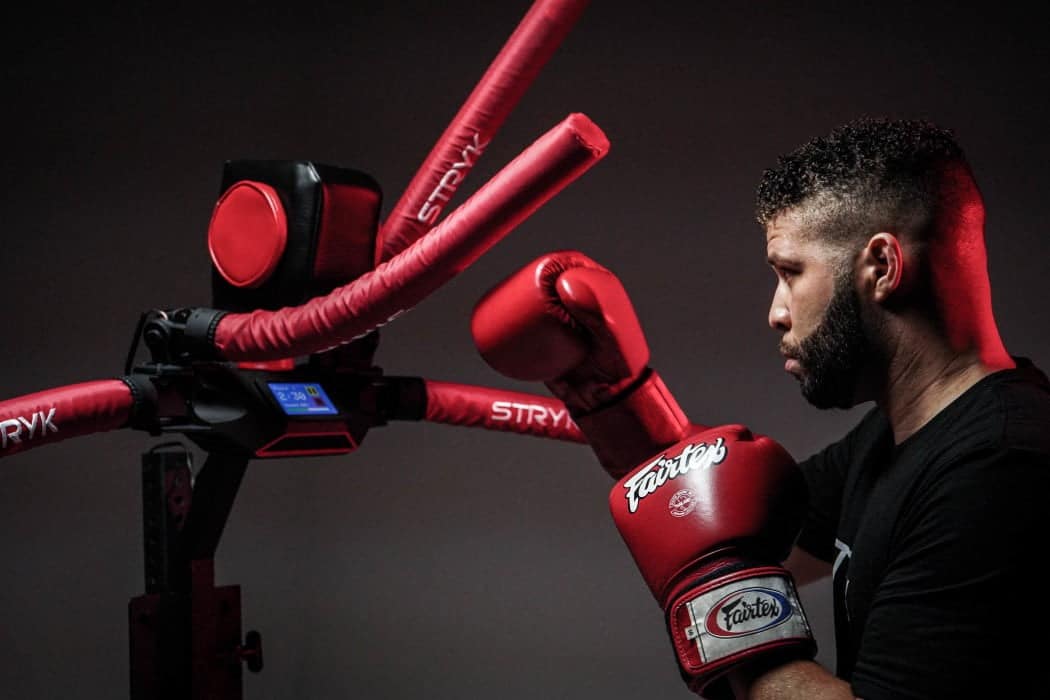Once upon a time there was a punching bag. A padded container of fabric or leather hung on the wall, which could be punched at will. Well: we are in 2020 and even the punching bag is starting to beat us.
Iron RXT-1 is a boxing robot built with the aim of becoming a real sparring partner. Unlike a traditional bag, the RXT-1 reacts. And how.

How is RXT-1, robot sparring partner made?
RXT-1 is a robot sparring partner with four padded arms and a face to take on Papagni non-stop. Built with 3 training modes and 3 difficulty levels to choose from, the RXT-1 actually engages with you, allowing you to train with an AI competitor, kind of like in video games.
The boxing robot is responsive and intelligent: it responds to blows by leveraging the weak points of the human partner and delivers his blows.

Should I call the hospital? No, the hits are light: imagine being hit by something slightly heavier than a float tube than those for swimming pools.
However, they move with the same speed as a human hand, so you need to dodge them with dexterity, thinking and acting quickly.
Train with the robot
A touchscreen on the torso allows you to program the RXT-1 by choosing from three built-in modes: Practice, Shoot and Combination.
The mode Practice offers a more predictable opponent, as the sparring partner robot responds exactly every 2 seconds in a predetermined pattern so you know where the next punch is coming from. The mode Spar offers a more realistic experience, as the robot behaves randomly, involving our reflexes. The mode Combination allows you to explore more than 100 different patterns and routines to relax the body or train hand-eye coordination.
The RXT-1 can be mounted on a wall or held on the ground with a sturdy stand. The boxing robot is easy to assemble and even offers a torso pad to attach to the robot, so you can pound on the figure too.

In any case, the three difficulty settings are great for anyone, from a novice to an expert (although no professional fighter has managed to defeat RXT-1 in its maximum difficulty phase).


